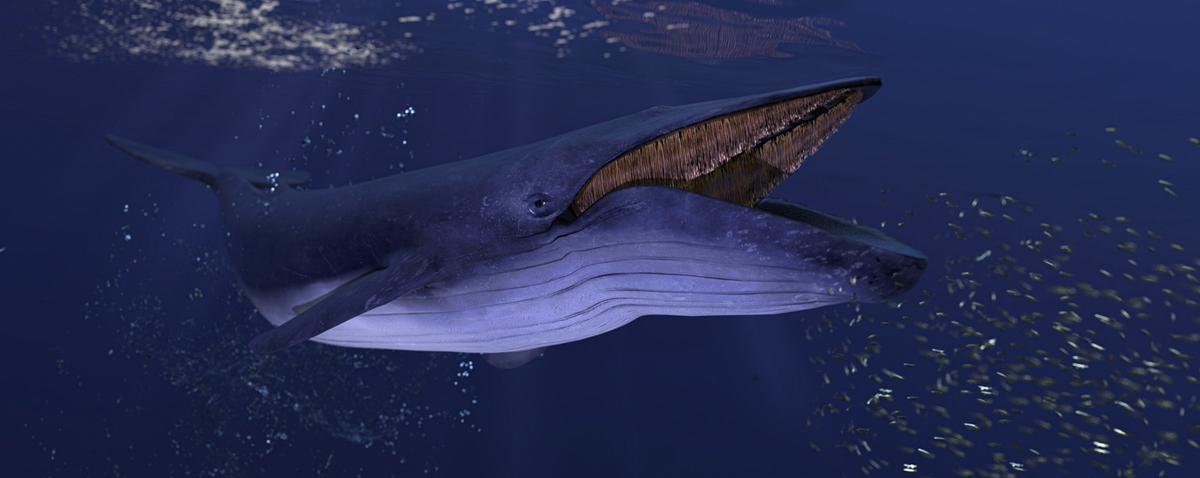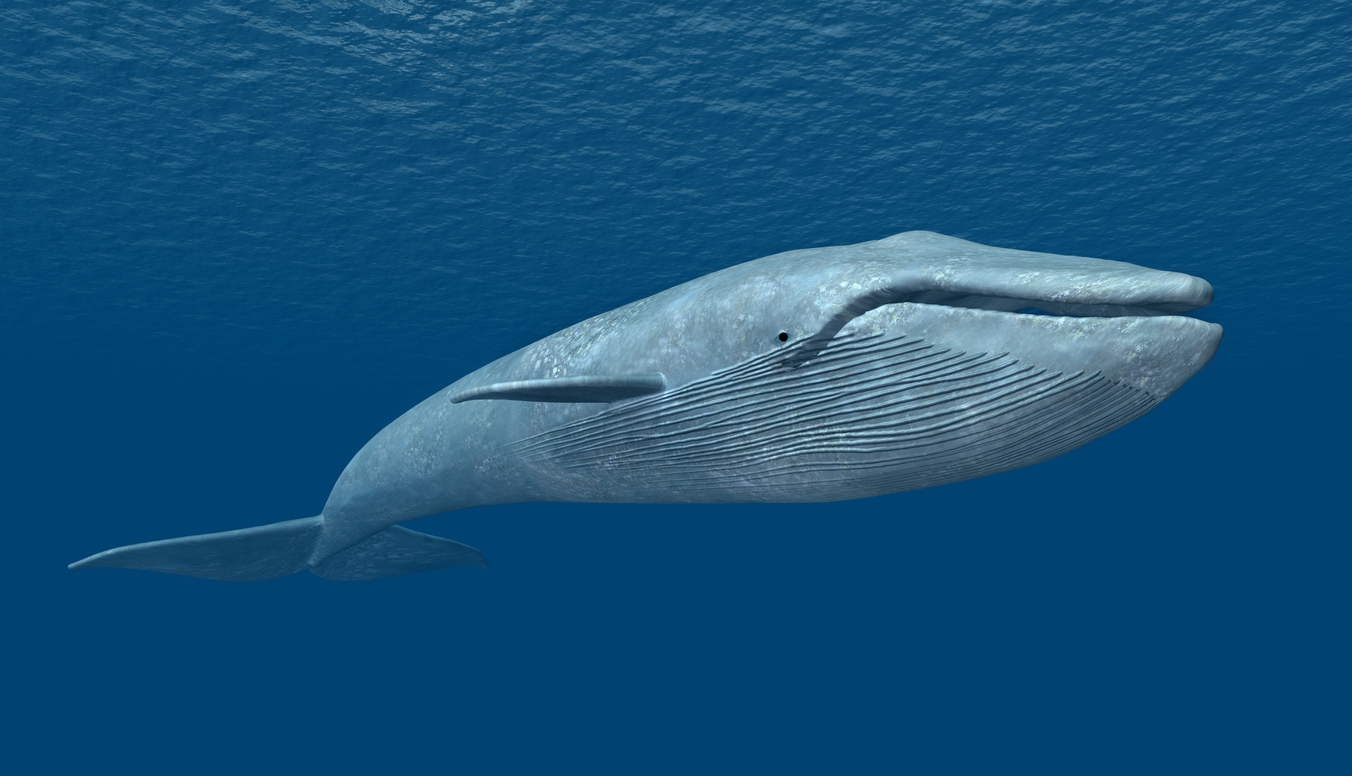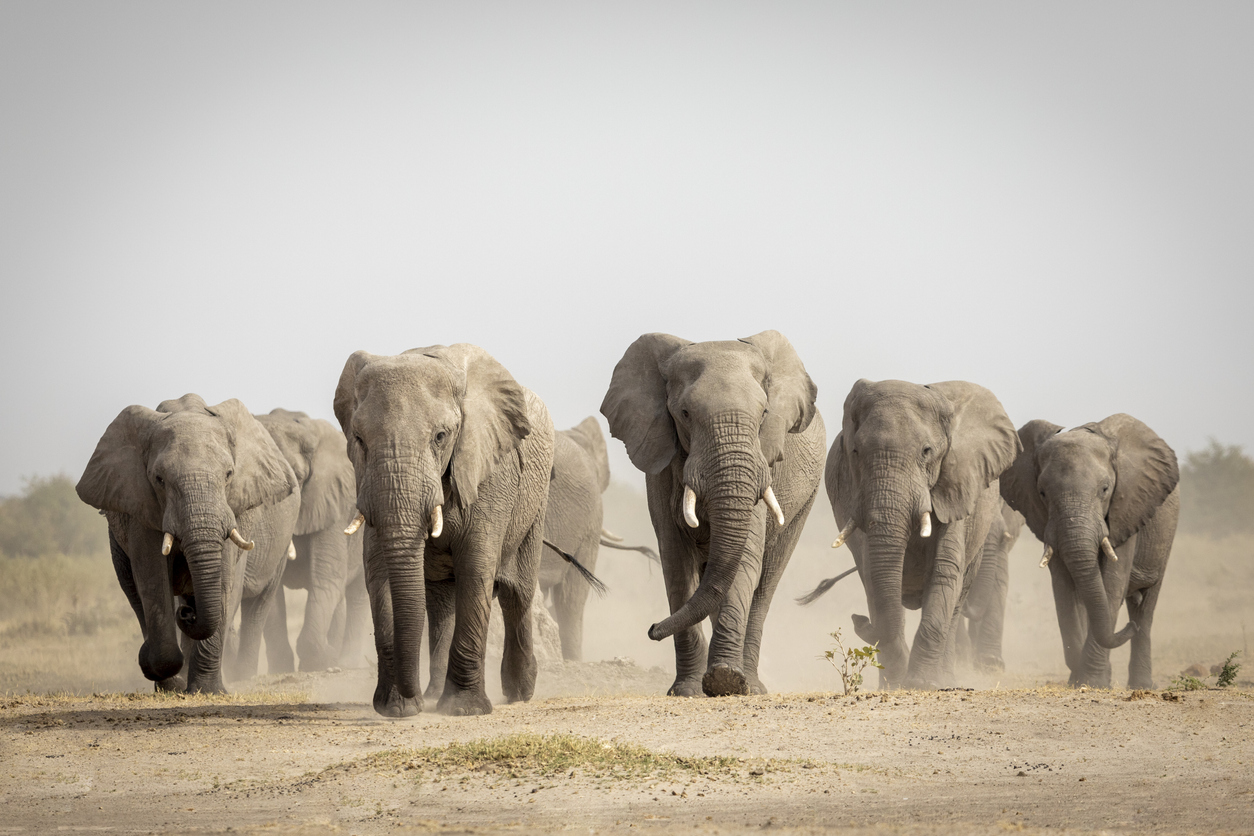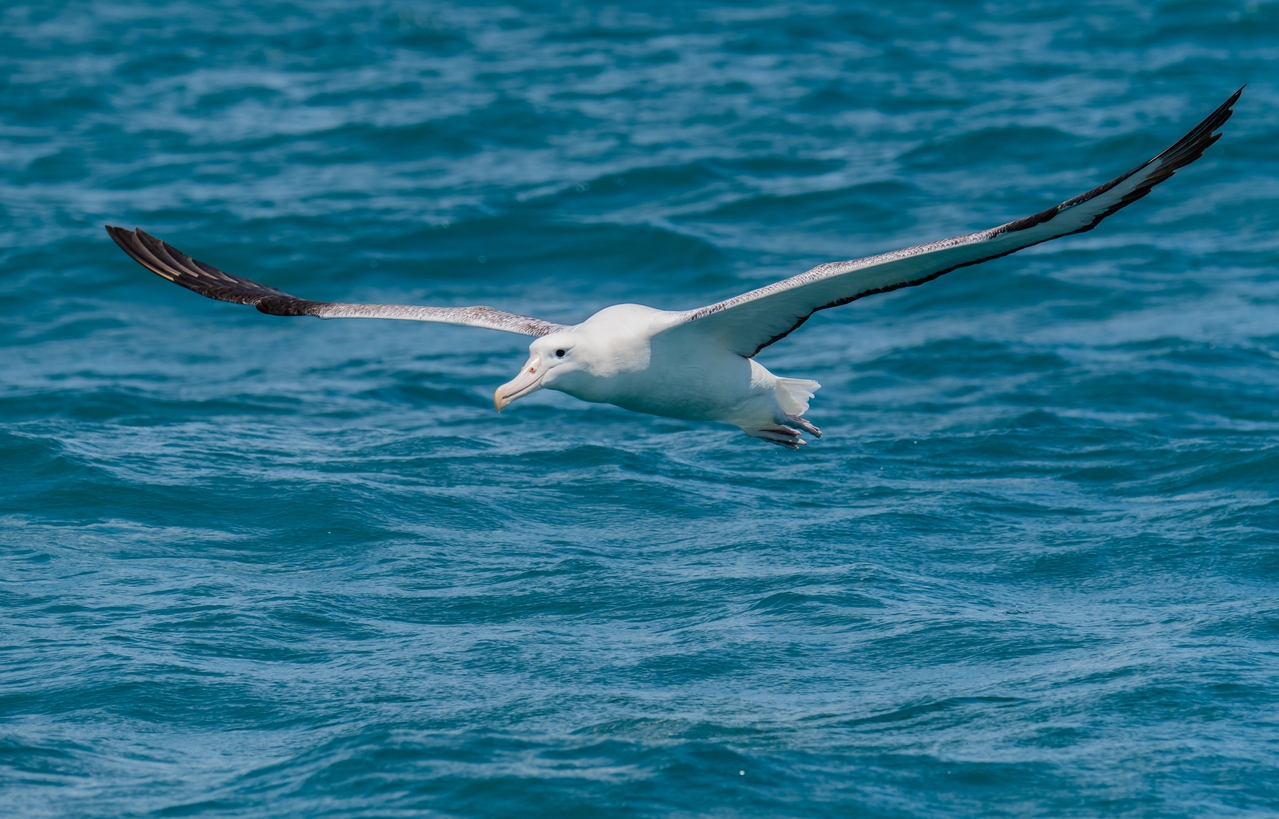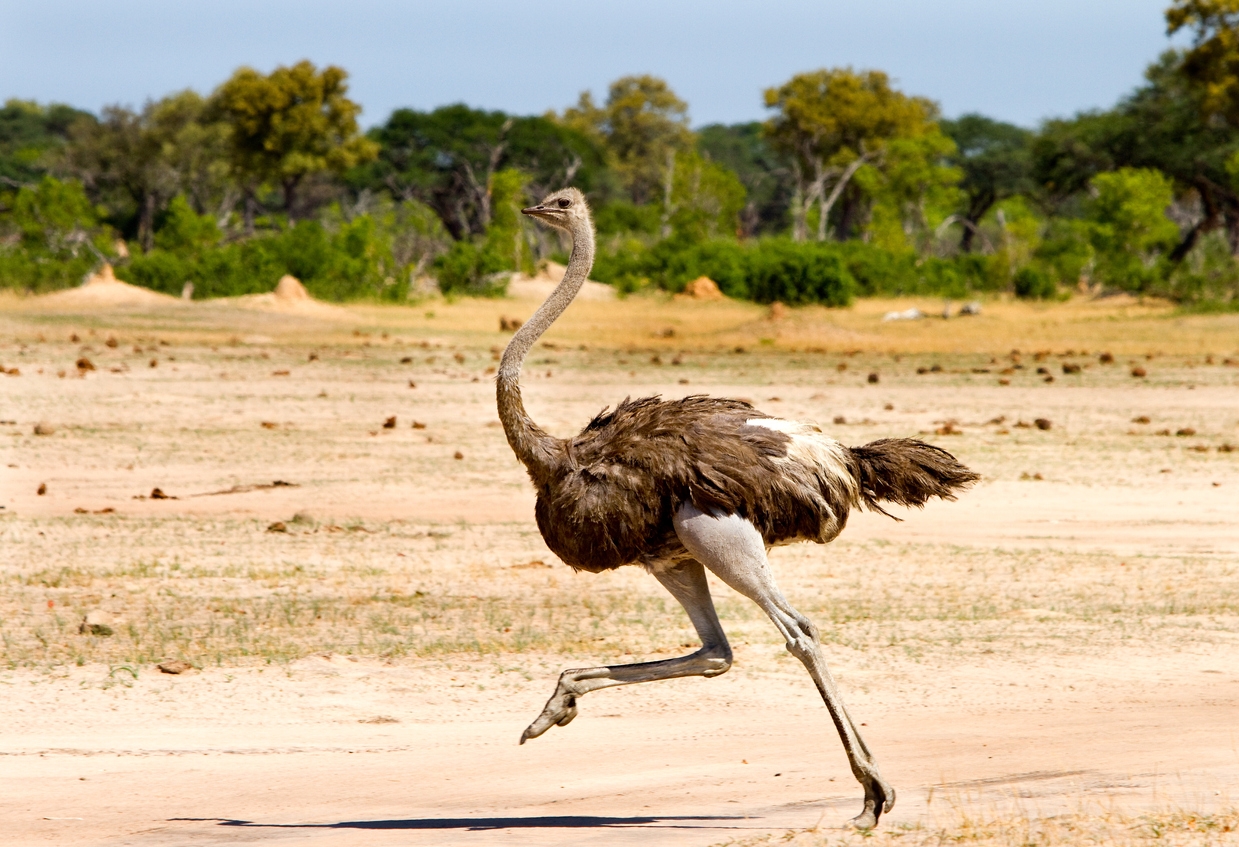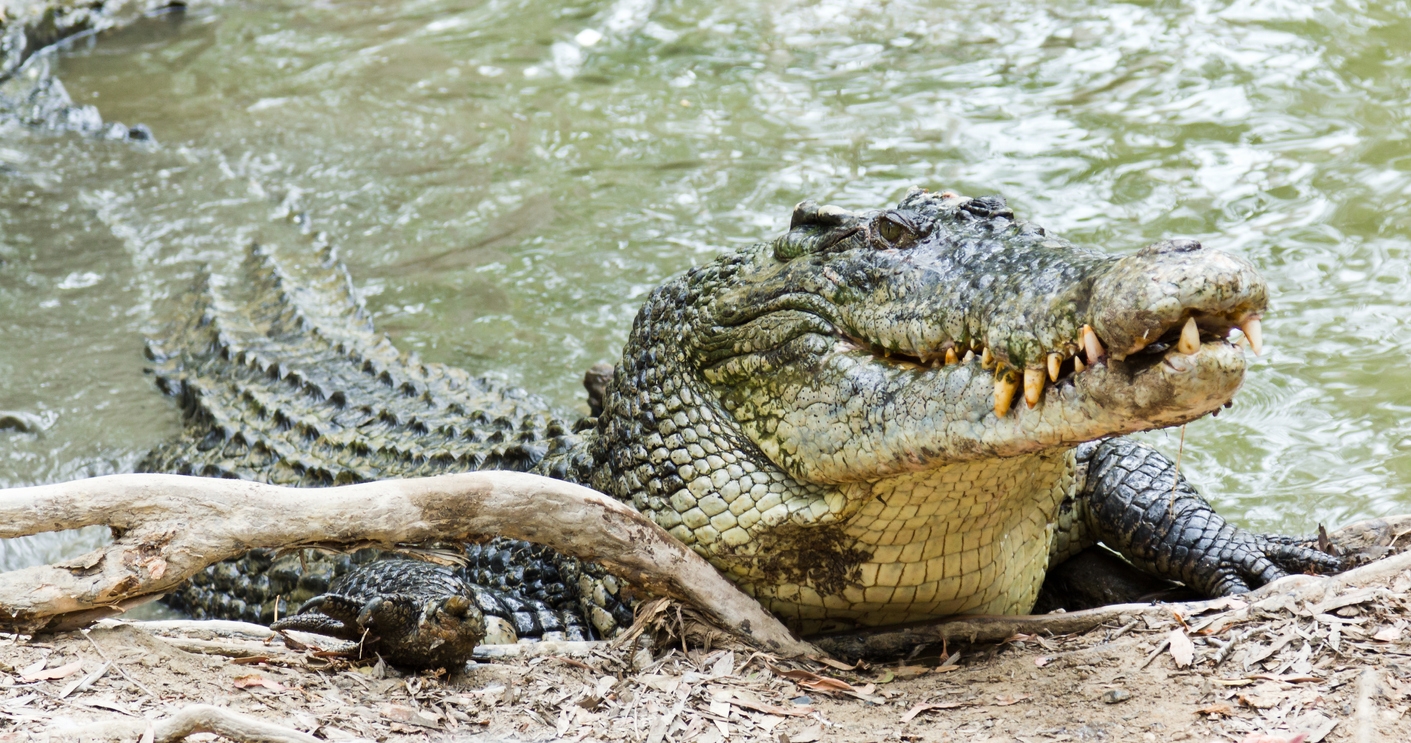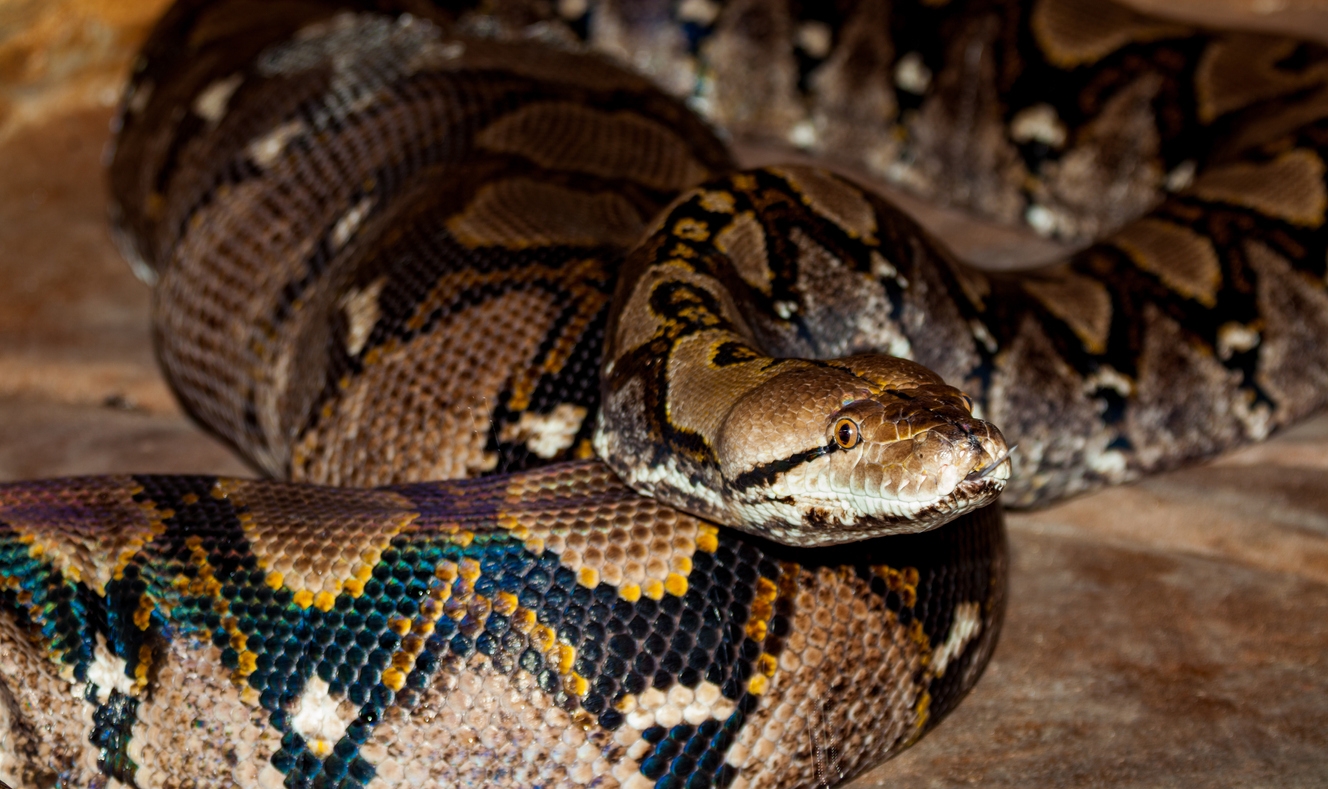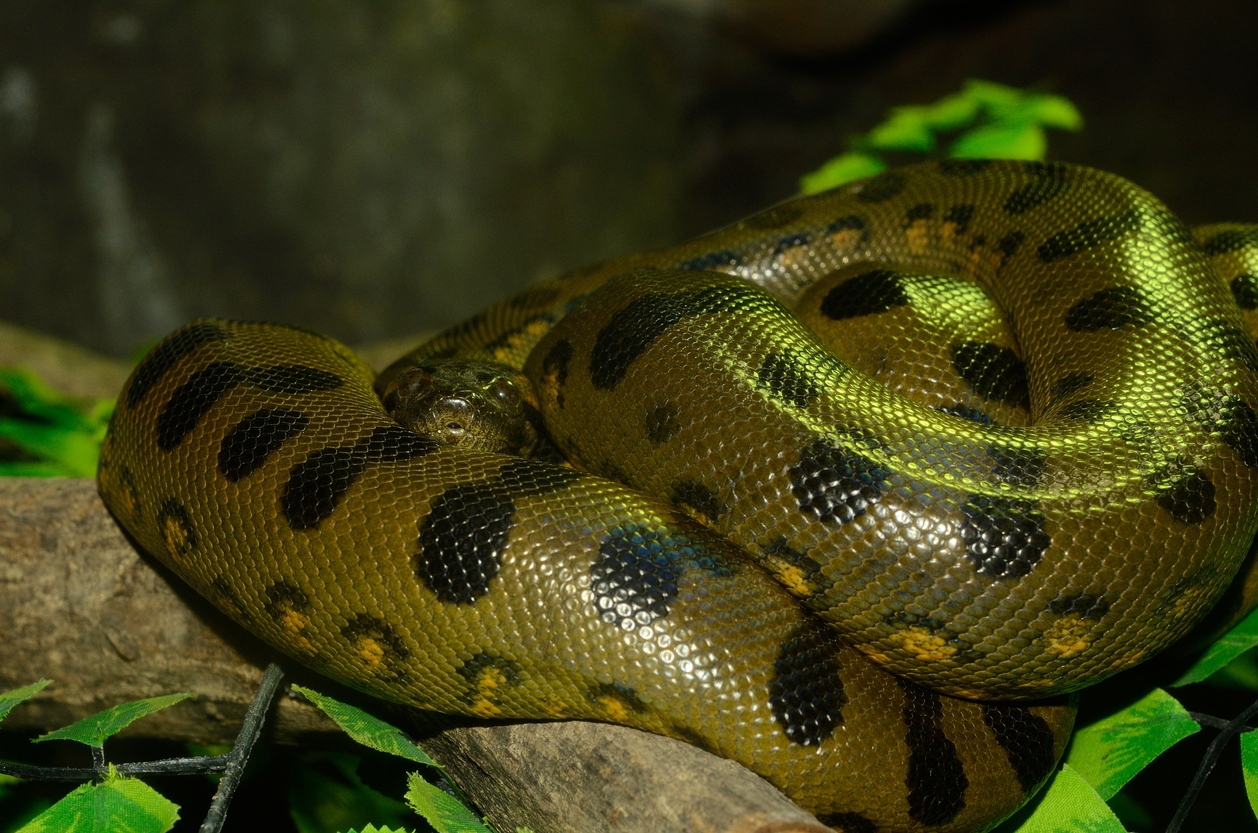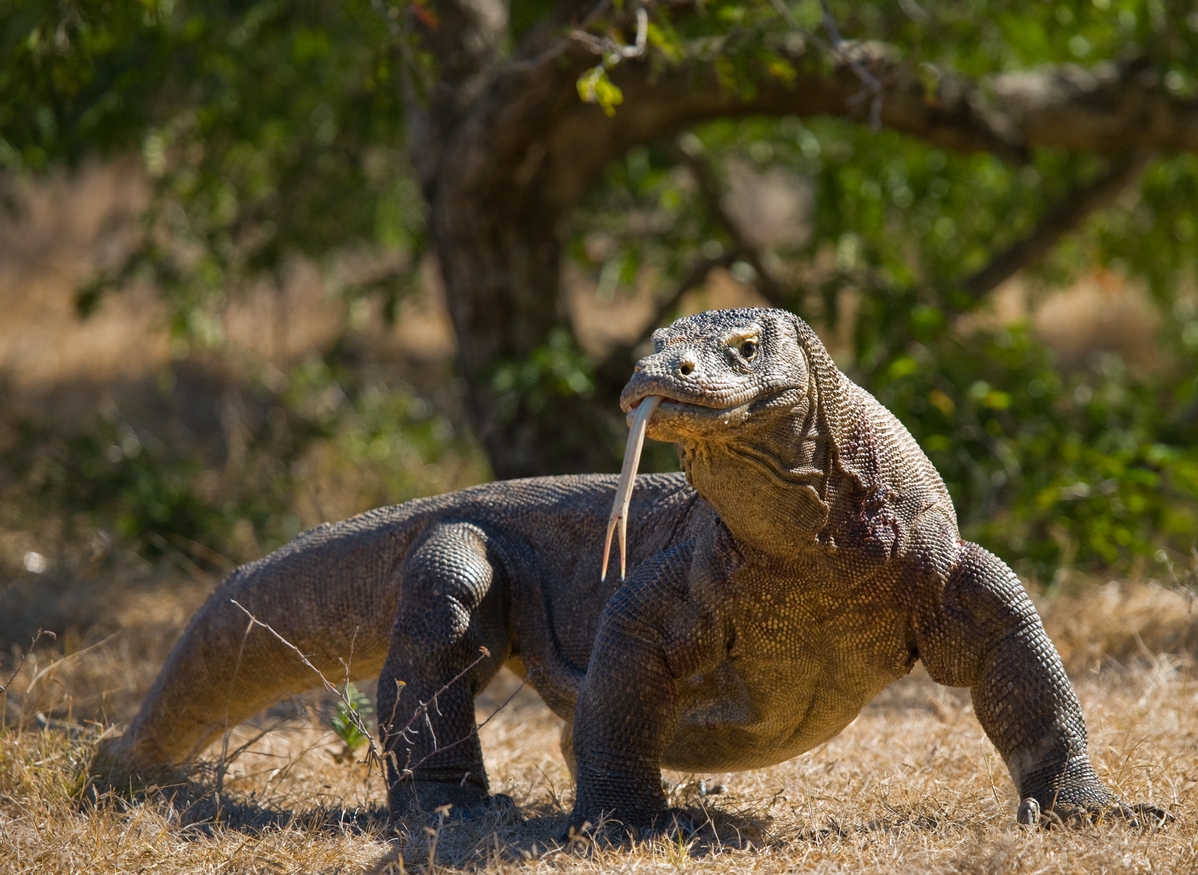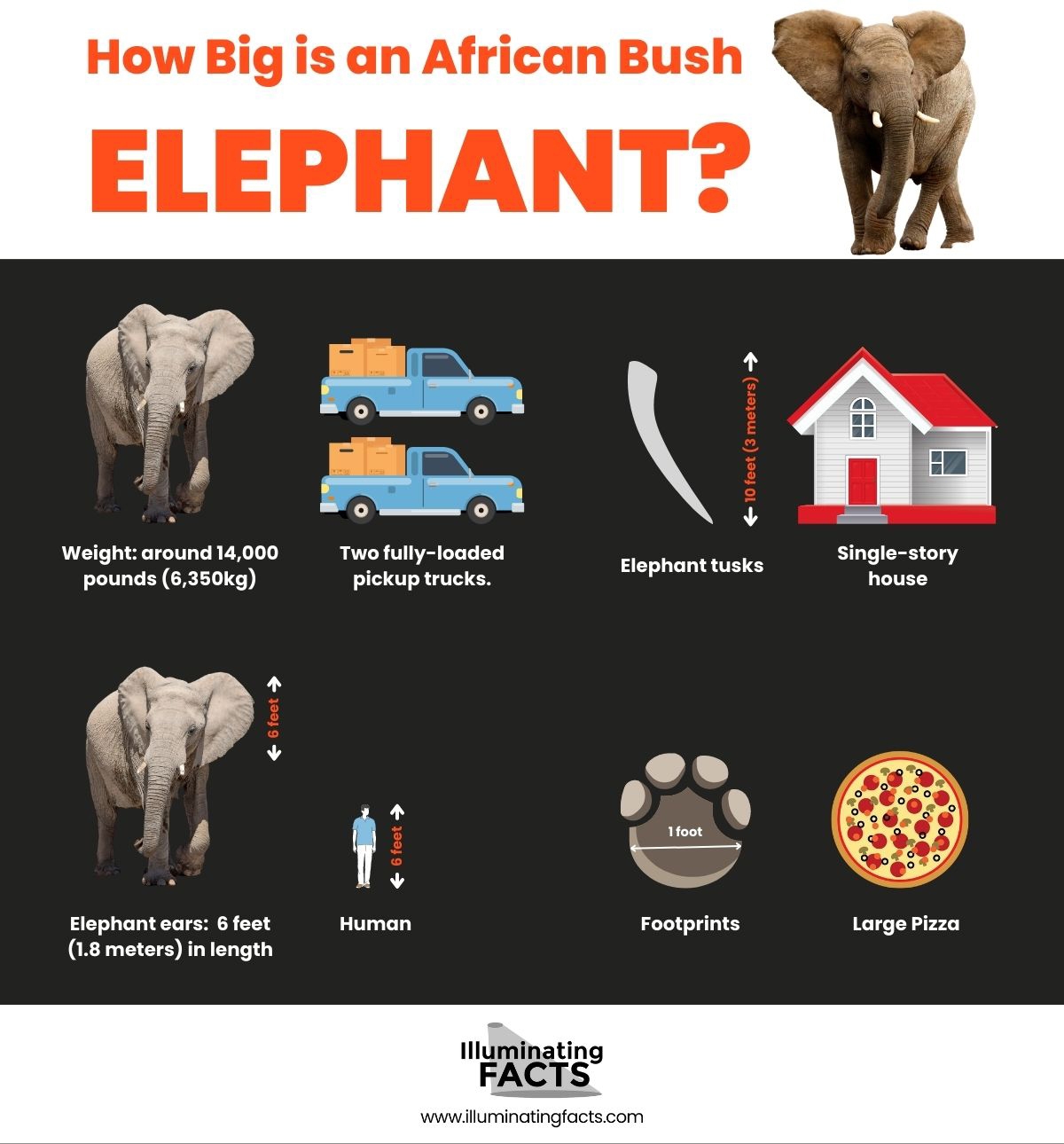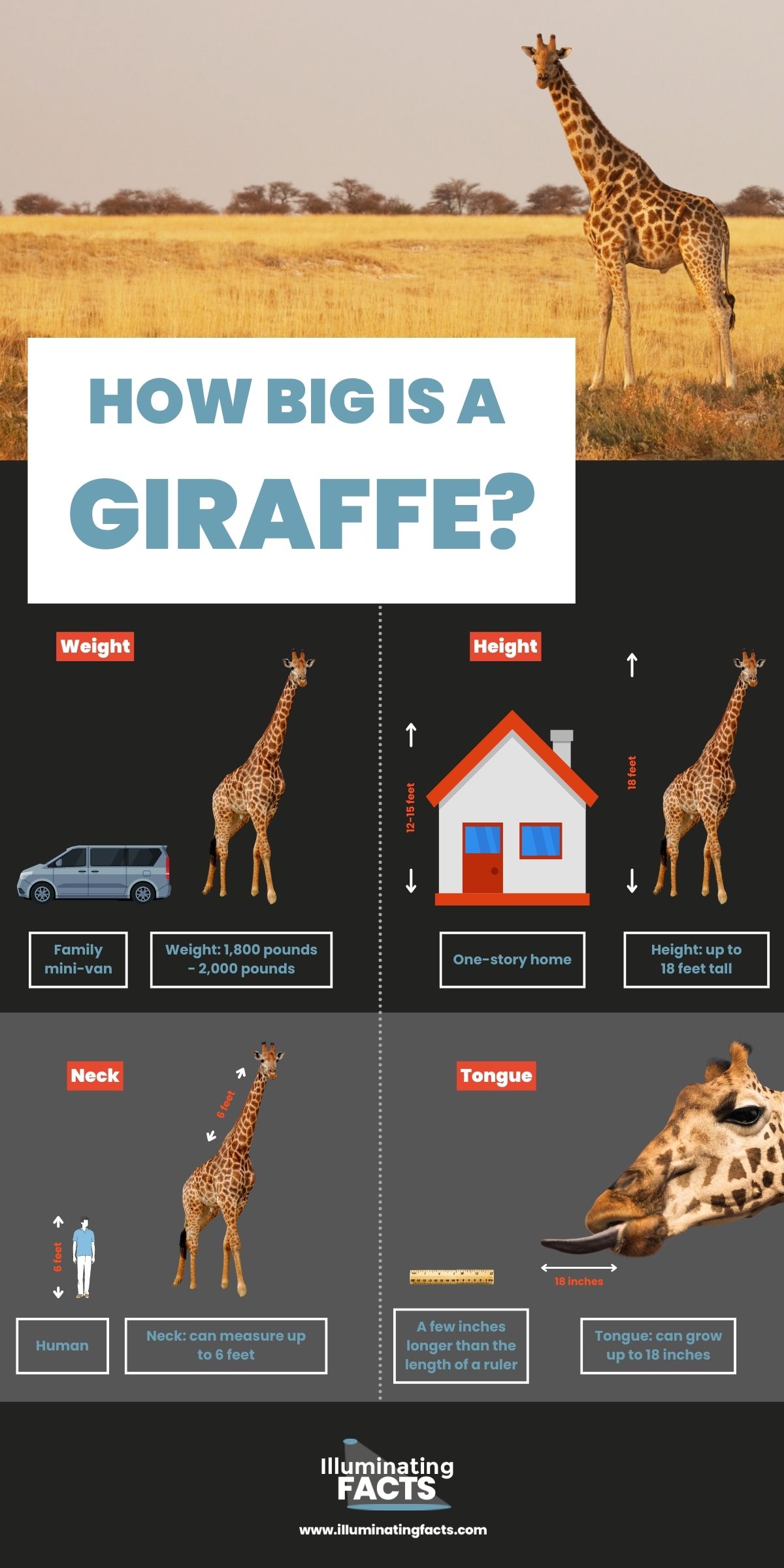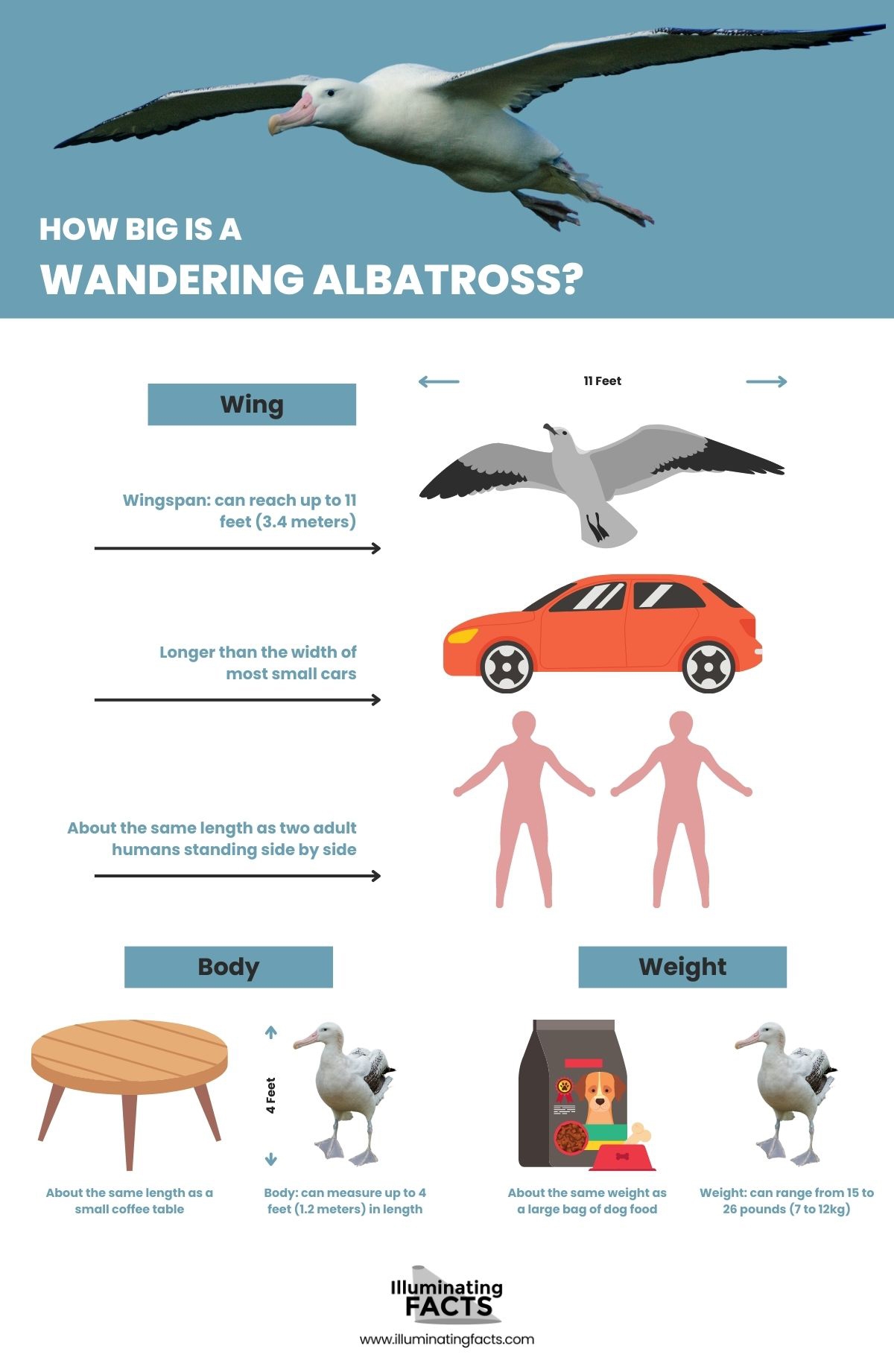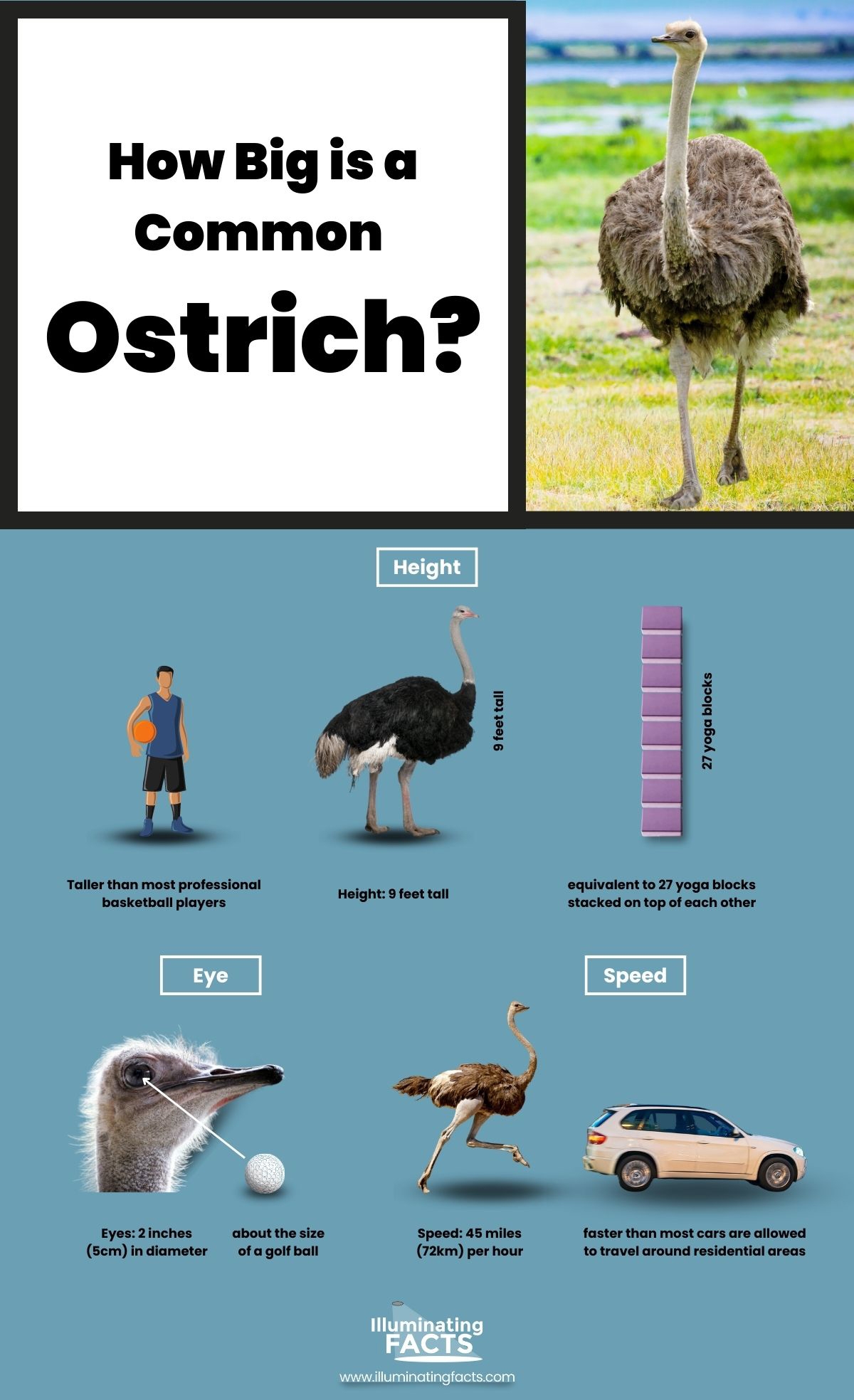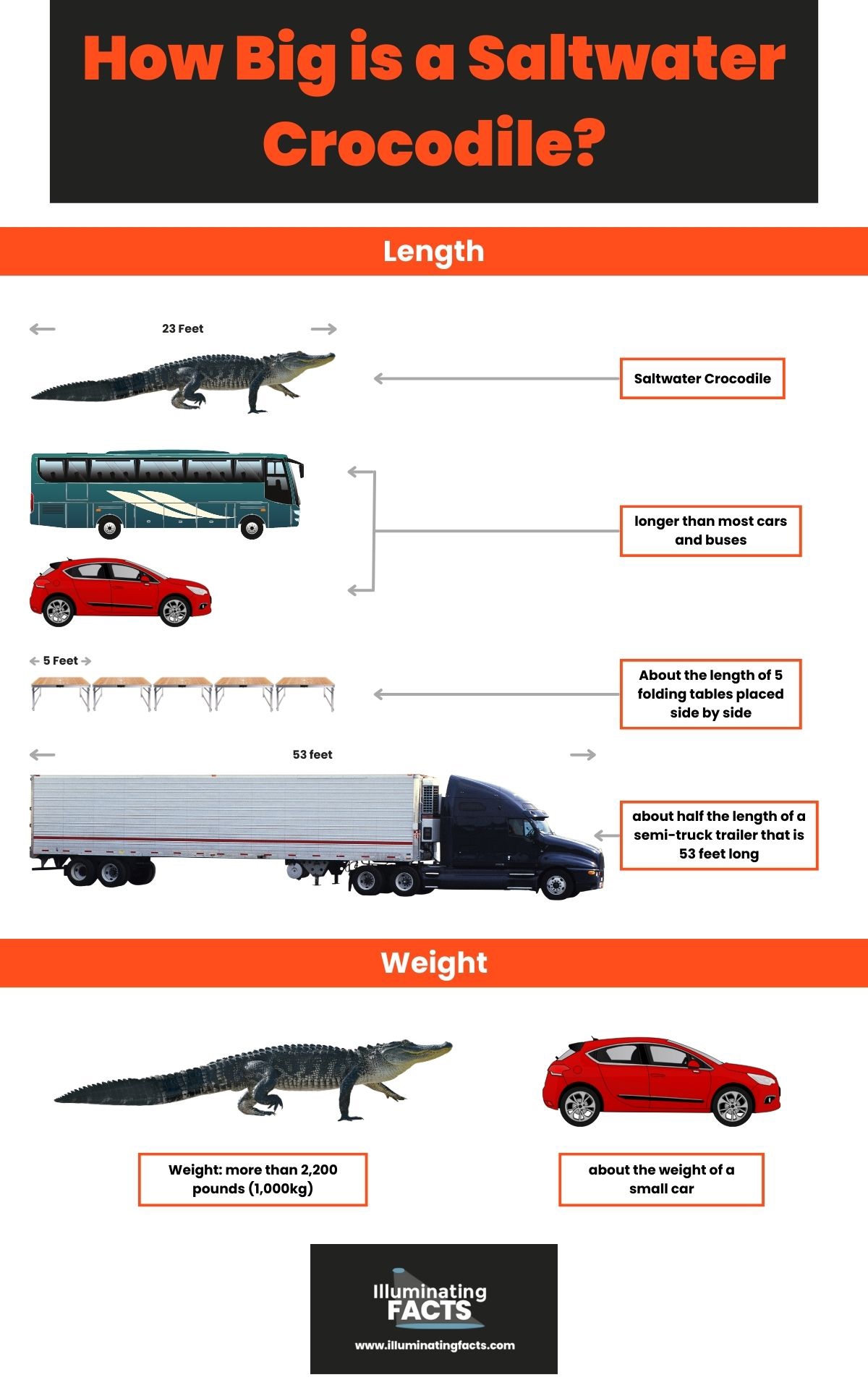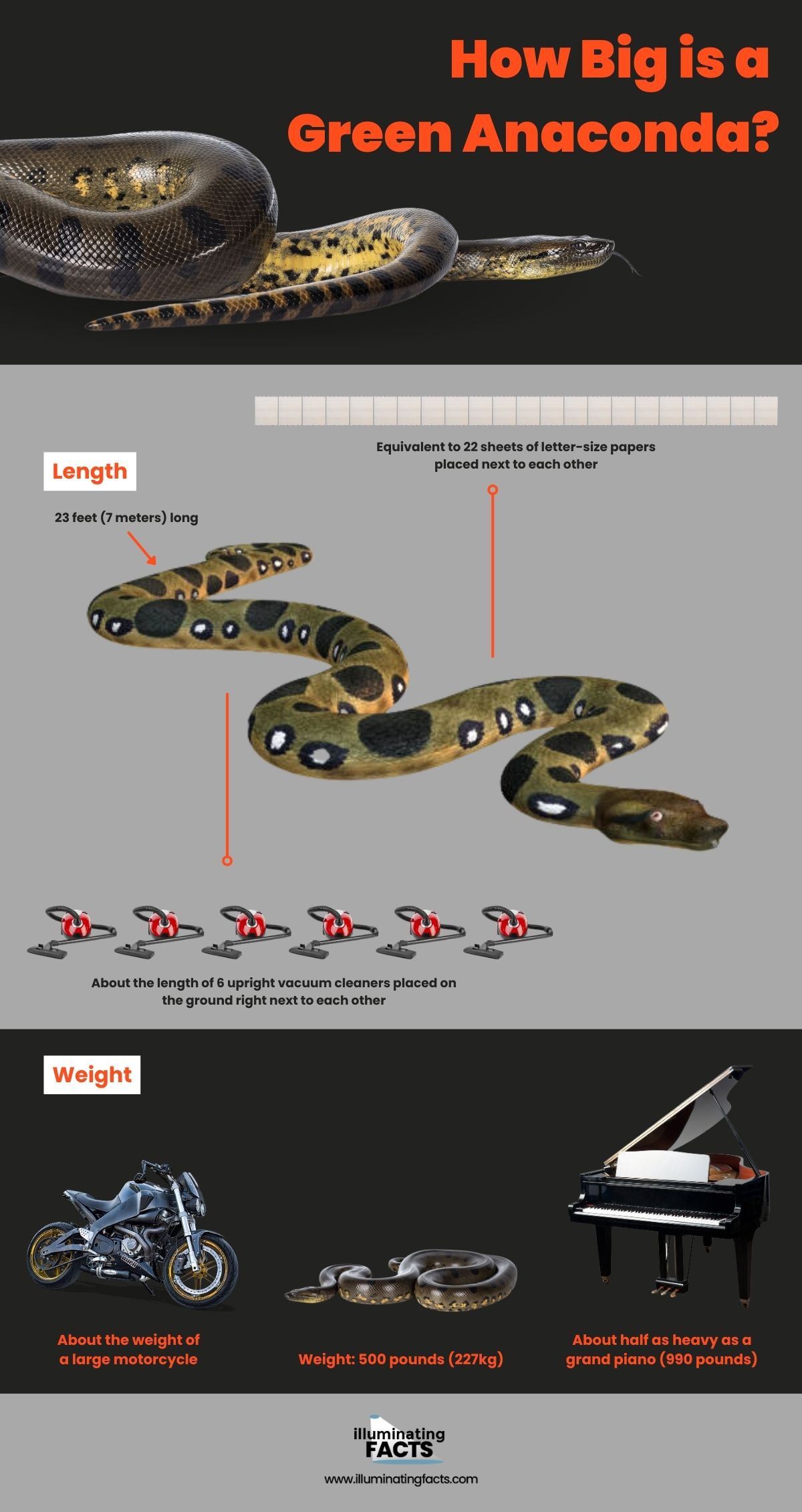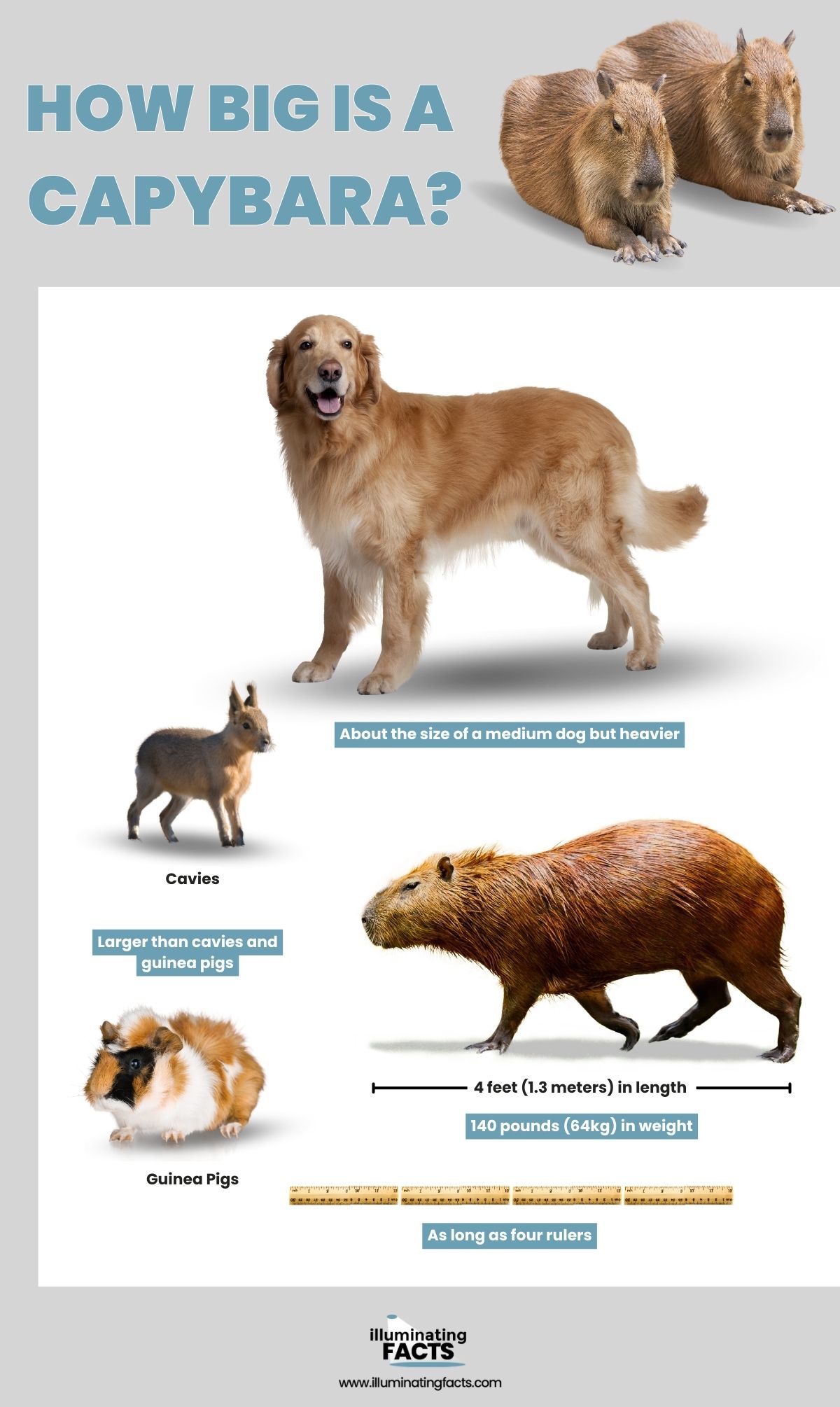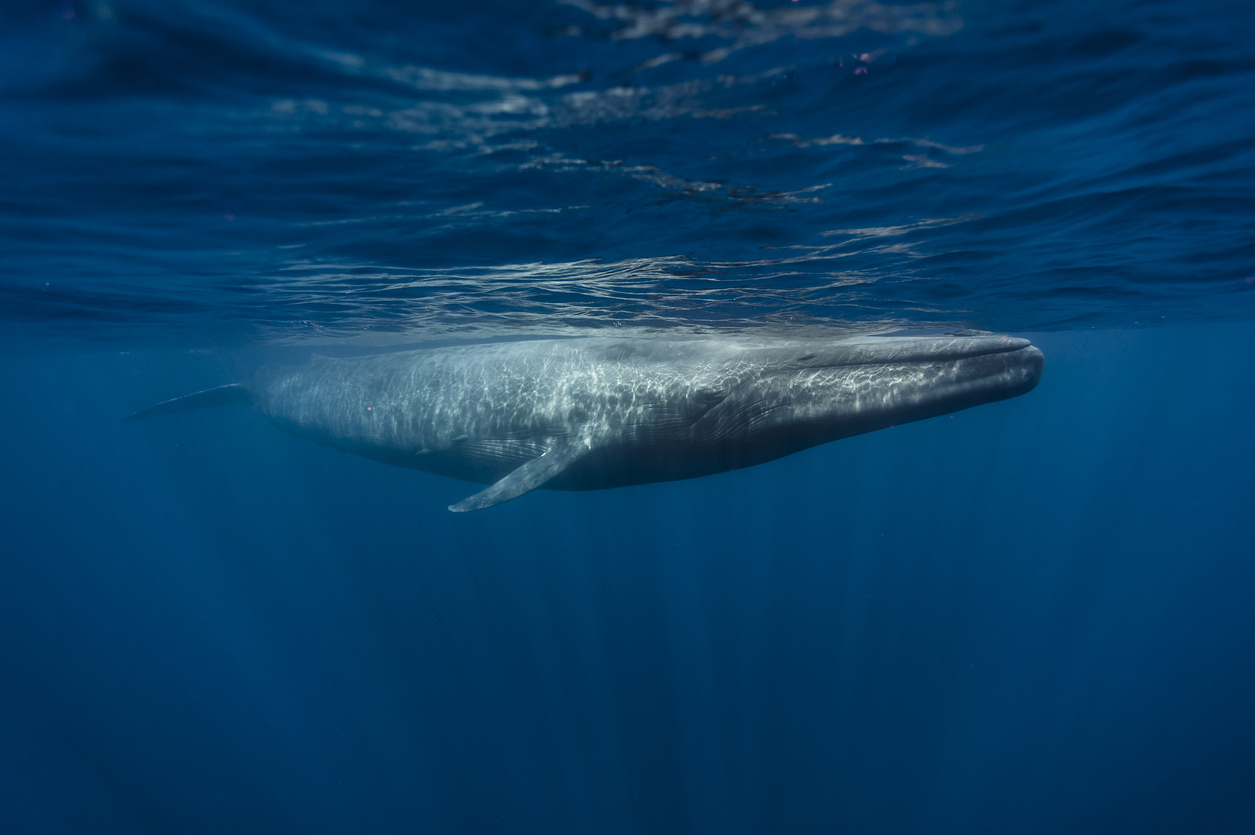Background
There are millions of different animals living on Earth, and they take many shapes and forms. Animals also come in a great diversity of sizes, from microscopic to gigantic. With this, have you ever wondered what the largest animals on Earth are? Since animals come in all shapes, sizes, and types, it is important to specify exactly how we define “largest” and which types of animals we are pertaining to.
For instance, are you searching for the tallest, longest, or heaviest of all animals? Or maybe you are wondering about the biggest land animals, the largest living animals, or including all the largest animals that have ever lived on earth at any time. The size of the largest animals on Earth is quite challenging to comprehend because their sheer scale is usually beyond our daily experiences. But it is important to understand the size of these animals for us to appreciate their ecological significance more.
If you are aiming to learn about the largest animals on our planet, you’re in the right place. In this article, we are going to explore these animals and try to visualize their size. Through the use of images, infographics, and comparisons, we are going to provide you with a better understanding of just how large these animals really are. Therefore, read on and let us visualize the size of the largest animals on Earth.
The Largest Animals on Earth
It is worth noting that the largest living animal today is not a land animal. Animals on the land need to struggle against the forces of gravity to survive, which limit their size effectively. The creatures of the oceans, on the other hand, can grow much larger due to the buoyancy of the water that offers relief from the effect of gravity. This allows them the freedom to grow to gigantic proportions.
While the largest animal ever lives in the sea, all animal species have the largest member, depending on how you define “large”. Read on below to learn about the largest animals on Earth by size and category.
Blue Whale: The Largest Animal on Earth
In terms of total size, the blue whale is not only the largest living animal but also the largest animal that has ever existed. Yes, and that means they are bigger than any dinosaur that ever lived and far bigger than the largest living land animal on our planet today. [1] Blue whales can grow up to 105 feet or 32 meters long. [2] They can weigh around 180 tons. Newborn blue whales weigh around 3 tons, and the biggest blue whale ever recorded weighed an astonishing 190 tons. [1]
Blue whales can be found in all of the oceans in the world except the Arctic. They usually swim alone or in pairs. During summers, blue whales often spend time in polar seas, and they migrate to the Equator as winter approaches. However, note that blue whales are still endangered, with only around 25,000 thought to exist today. [3]
African Bush Elephant: The Largest Animal on Earth by Weight
On land, the largest animal is the African bush elephant. It is one of the two African elephant species, as the other one is the African forest elephant. An African bush elephant can grow to 4.5 meters or almost 15 feet at the shoulder, 6 meters or about 20 feet long, and weighs up to 6,000 kilograms or 6.6 tons. [1]
The herds of the African bush elephant go over 37 African countries. They use their trunks for communication and object processing, which is immediately identifiable. They also have vast ears that assist them in dissipating heat. Currently, there are just around 415,000 elephants left in Africa today. They can be found in the Okavango Delta and Chobe National Park in Botswana and in the Addo Elephant Park in South Africa. While elephant poaching is decreasing in East Africa, the activity still drives the species dangerously close to extinction. [3]
Giraffe: The Largest Land Animal on Earth by Height
If we are to measure the height of animals, the giraffe is the largest land animal. In fact, their necks alone can reach about 2 meters or more than 6 feet. The calves of giraffes have a 15-month growth period. When they are born, they are already 2 meters or 6.5 feet tall. [1] Male giraffes can reach heights of up to 5.5 meters or 18 feet, while females may reach up to 4.5 meters or 14.8 feet. [3]
Giraffes are pretty sociable animals, and they occasionally gather in herds. They do not have a set breeding season. This means that male giraffes continually search for suitable females. There are lots of giraffes in Namibia, South Africa, Tanzania, and Kenya. [3]
Wandering Albatross: The Largest Bird on Earth by Wingspan
The wandering albatross is a large seabird that belongs to the family Diomedeidae. It has an enormous wingspan that allows it to glide for long distances without the need to flap its wings. This helps define their lifestyle as birds as they spend most of their lives flying and landing only to breed and feed. In terms of wingspan, the wandering albatross is the largest bird in the world. It has a wingspan of up to 3.7 meters or about 12 feet wide. [1]
Common Ostrich: The Largest Bird on Earth by Height and Weight
The largest bird on Earth is the common ostrich in terms of height and weight. An ostrich has an average height of more than 2 meters or 6.5 feet, and it can weigh up to 160 kilograms or 352 pounds. The ostrich is a flightless bird due to its size, but it can outrun a lot of other fast animals as it has a top speed of 69 kilometers or 42 miles per hour. Its long, powerful legs also double up as defensive weapons with their powerful kick to predators. [1]
Saltwater Crocodile: The Largest Reptile on Earth
The largest and probably most terrifying living reptile on Earth today is the saltwater crocodile. It is a prehistoric monster that can grow to more than 7 meters or about 23 feet in length and may weigh up to half a ton. [1] They are commonly found in salt and brackish waters in parts of Australia, Asia, and India.
The saltwater crocodile is among the most dangerous animals in the world. They are apex predators that are able to prey on water buffalo, sharks, and anything else that comes near. They can swallow their predators whole rather than tearing out chunks.
Reticulated Python: The Largest Snake on Earth by Length
Among all the snake species, the reticulated python is the longest. In 2016, there was a Malaysian specimen caught on a building site that measured 8 meters or 26.2 feet. Reticulated pythons are non-venomous but constricting. They are commonly found across South and SouthEast Asia in woodlands, grasslands, and rainforests. They usually eat small and medium-sized mammals but have also been known to eat bears and even humans. [1]
Green Anaconda: The Largest Snake on Earth by Weight
The green anaconda snake can grow up to 7 meters or 23 feet long, and it can weigh up to 250 kilograms or 551 pounds. They are slow animals on land as they are built for water. They are mostly found in marshes, streams, and swamps across South America. Their eyes and nose are on top of their heads, which allows them to lie almost completely submerged to wait for their prey. Due to their size, green anacondas are able to take on deer, wild pigs, and even jaguars. [1]
Capybara: The Largest Rodent on Earth
The capybara is the largest rodent on earth, and it is native to South American wetlands. It stands around 23 inches or almost 2 feet high and 47 inches or almost 4 feet long. It can weigh up to 80 kilograms or 176 pounds. Unlike other rodents, the capybara does not have a tail, and it comes with webbed feet to help it get around watery terrains. [1]
Komodo Dragon: The Largest Lizard on Earth
The Komodo dragon is the largest lizard on Earth. It is a dangerous animal that can grow up to 3 meters or 10 feet long and usually weighs around 91 kilograms or 200 pounds. Females, however, are smaller than males and usually get no longer than 1.8 meters or 6 feet long. Komodo dragons hunt large prey like deer, pigs, water buffalo, and even people. [2] They have good vision and excellent senses of smell that helps them in hunting. Therefore, you need to keep your distance from these animals. [4]
Visualizing the Size of the Largest Animals on Earth
Sometimes, knowing the measurements of the largest animals out there is not enough to be able to grasp how big they really are. For instance, it is quite difficult to imagine exactly how big a blue whale or a Komodo dragon is by just reading the numbers, particularly if you haven’t seen one yet. That’s why in this part of the article, we are going to use stunning visualizations and comparisons in order to provide you with a sense of just how large these animals truly are.
How Big is a Blue Whale?
The blue whale is not only the largest animal on Earth today, but it always has been. If you can’t imagine how big they are in person, we are going to help you. Take a look at the graphic below:
How Big is a Blue Whale? |
|
|
Length: up to 100 feet (30 meters)
|
longer than three standard-sized buses parked end-to-end |
| twice as long as a semi-trailer rolling along the highway | |
| Weight: up to 180 tons | weighs as much as 15 school buses |
| the tongue of a blue whale is large enough to fit a dozen people on it | |
| the aorta or the largest blood vessel of a blue whale is big enough for a person to swim through | |
| the heart of a blue whale weighs up to 1,000 pounds or 450 kilograms and can be as large as a small car | |
| compared to other animals, the height and weight of the blue whale are equivalent to 25 adult elephants or 300 adult male polar bears. | |
A blue whale can reach up to 100 feet or more in length, which is comparable to three standard-sized buses parked end-to-end. It is also twice as long as a semi-trailer rolling along the highway. In addition to its great length, it is also very heavy. Blue whales can weigh up to 180 tons or 36,000 pounds, which can be equivalent to 15 school buses. [2] In fact, their heart alone can be as large as a small car and weigh up to 1,000 pounds or 450 kilograms. The tongue of blue whales can also weigh as much as an elephant, and it is big enough to carry a dozen people on it. [1] That is how massive blue whales can be.
How Big is an African Bush Elephant?
On land, the African bush elephant is the largest on Earth, particularly when it comes to its weight. But how big and heavy is an African bush elephant exactly? To learn about this, check out the graphic below:
How Big is an African Bush Elephant? |
|
| Weight: around 14,000 pounds (6,350kg) | equivalent to the weight of two fully-loaded pickup trucks. |
| Elephant tusks: can grow up to 10 feet (3 meters) | about the same height as a single-story house |
| Elephant ears: can measure up to 6 feet (1.8 meters) in length | about the height of an average adult human |
| Footprints: can measure up to 1 foot (30 cm) in diameter | about the size of a large pizza |
An adult male African bush elephant can weigh up to 14,000 pounds or 6,350 kilograms. [1] That is almost the weight of two fully-loaded pickup trucks. Elephants are also known to have tusks. The tusks of an African bush elephant can grow as long as 10 feet in length, which is almost the same height as a single-story house.
An African bush elephant also has big ears that can measure up to 6 feet in length, which is around the same height as an average adult human. Its footprints are also big, which is around the size of a large pizza.
How Big is a Giraffe?
If we measure the height of animals, the giraffe is the largest land animal on earth. But how big or tall are they really? To answer that, check out the graphic below:
How Big is a Giraffe? |
|
| Weight: 1,800 pounds – 2,000 pounds | almost as heavy as a family mini-van |
| Height: up to 18 feet tall | taller than a one-story home that is 12-15 feet high including the roof |
| Neck: can measure up to 6 feet | about the height of an average adult human |
| Tongue: can grow up to 18 inches | a few inches longer than the length of a ruler |
The giraffe is the tallest mammal on Earth, and it can grow up to 18 feet tall. A standard one-story home is around 12 to 15 feet tall on the outside, including the roof. This means that, in most cases, a giraffe is taller than a house. They also have long, black tongues that can reach up to 18 inches long, which is just a few inches longer than a ruler. They use this to grab the vegetation that they eat from the trees. [5]
How Big is a Wandering Albatross?
When it comes to birds, the wandering albatross is considered the biggest on Earth based on its wingspan. [1] But just how big is it really? Take a look at the graphic below:
How Big is a Wandering Albatross? |
|
|
Wingspan: can reach up to 11 feet (3.4 meters)
|
longer than the width of most small cars |
| about the same length as two adult humans standing side by side | |
| Body: can measure up to 4 feet (1.2 meters) in length | about the same length as a small coffee table |
| Weight: can range from 15 to 26 pounds (7 to 12kg) | about the same weight as a large bag of dog food |
A wandering albatross has a wingspan that can reach up to 11 feet or 3.4 meters long. That is longer than the width of most small cars that you see on the road and about the same length as two adult humans standing side by side. The body of this bird can grow up to 4 feet in length, which is about the same length as a small coffee table at home. They can weigh from 15 to 26 pounds, which is about the same weight as a large bag of dog food.
How Big is a Common Ostrich?
In terms of height and weight, the common ostrich is the biggest bird on Earth. Even though they are unable to fly, they can run faster than other animals. But how big are ostriches exactly? Take a look at the graphic below:
How Big is a Common Ostrich? |
|
|
Height: 9 feet tall
|
taller than most professional basketball players |
| equivalent to 27 yoga blocks stacked on top of each other | |
| Eyes: 2 inches (5cm) in diameter | about the size of a golf ball |
| Speed: 45 miles (72km) per hour | faster than most cars are allowed to travel around residential areas |
An ostrich can stand as tall as 9 feet and can weigh more than 340 pounds. These put them well above the height and weight of most humans. [6] They have small heads but big eyes. In fact, their eyes are as big as golf balls. In addition to being big, ostriches can also run as fast as 45 miles per hour. That is even faster than most cars are allowed to travel in certain places.
How Big is a Saltwater Crocodile?
The saltwater crocodile is the largest reptile living on Earth. How big do you think saltwater crocodiles are in reality? Take a look at the graphic below:
How Big is a Saltwater Crocodile? |
|
|
Length: 23 feet (7 meters)
|
longer than most cars and buses |
| about the length of 5 folding tables (5-foot each) placed side by side | |
| about half the length of a semi-truck trailer that is 53 feet long | |
| Weight: more than 2,200 pounds (1,000kg) | about the weight of a small car |
A saltwater crocodile can reach more than 20 feet in length and may weigh more than 2,200 pounds. [2] Their lengths are longer than most cars and buses that you see on the road or about half the length of a semi-trailer truck. They can also be as long as 5 folding tables measuring 5 feet each placed side-by-side. The weight of a saltwater crocodile can be the same as the weight of a small car. Imagine how scary it is to see one in person.
How Big is a Reticulated Python?
When it comes to snakes, the largest on Earth in terms of length is the reticulated python. How long do you think it really is? Check out the graphic below:
How Big is a Reticulated Python? |
|
|
Length: up to 30 feet (9 meters)
|
about the length of most school buses |
| half the length of a bowling lane | |
| about the length of five average park benches | |
| Weight: more than 350 pounds | about the weight of a large vending machine |
| Skin: can measure up to 20 feet (6 meters) | about the length of a small boat |
An adult reticulated python can grow up to 30 feet or 9 meters in length, which is around the same length as most school buses. Its weight can surpass 350 pounds or 159 kilograms, which is around the same weight as a large vending machine. Their skins can measure up to 20 feet or 6 meters long, which is comparable to the length of a small boat.
How Big is a Green Anaconda?
The green anaconda is the largest snake on earth by weight. Take a look at the graphic below to have a grasp of how big it actually is:
How Big is a Green Anaconda? |
|
|
Length: 23 feet (7 meters) long
|
about the length of 6 upright vacuum cleaners placed on the ground right next to each other |
| equivalent to 22 sheets of letter-size papers placed next to each other | |
|
Weight: 500 pounds (227kg)
|
about half as heavy as a grand piano (990 pounds) |
| about the weight of a large motorcycle | |
| Skin: can measue up to 10 feet (3 meters) | about the length of a large dining room table |
A green anaconda can weigh as heavy as 500 pounds or 227 kilograms. That is equivalent to the weight of a large motorcycle or about half as heavy as a grand piano that weighs 990 pounds. The length of most green anacondas is 23 feet or 7 meters long. [1] That is around the length of 6 upright vacuum cleaners placed side by side, or equivalent to 22 letter-sized papers placed next to each other. Its skin, on the other hand, can measure up to 10 feet, which is about the same length as a large dining table.
How Big is a Capybara?
The capybara is the largest rodent on Earth. Some say that it looks like a guinea pig on steroids due to its size. But how big is it really? Take a look at the graphic below for more information:
How Big is a Capybara? |
|
|
4 feet (1.3 meters) in length and 140 pounds (64kg) in weight
|
about the size of a medium dog but heavier |
| larger than cavies and guinea pigs | |
| as long as four rulers | |
An adult capybara may reach up to 4 feet in length and can weigh up to 140 pounds. That is about the size of a medium dog but much heavier. Capybaras are larger than guinea pigs and cavies. [4] They also have a complex social structure and are usually seen in groups of up to 20 individuals.
How Big is a Komodo Dragon?
The largest lizard on Earth is the Komodo dragon, which is a dangerous animal. Lizards are typically small. With this, how big do you think Komodo dragons are in reality? Take a look at the graphic below:
How Big is a Komodo Dragon? |
|
| Male Length: 10 feet (3 meters) long | about the length of a small car |
| Female Length: 6 feet (1.8 meters) long | about the same size as an average man |
| Weight: 200 pounds (91kg) | about the weight of a large dog or a small adult human |
| Claws: can grow up to 3 inches (7.6cm) long | about the length of a human finger |
A male Komodo dragon can grow as long as 10 feet, which is about the same length as a small car. Female Komodo dragons, on the other hand, can grow as long as 6 feet in length, which is about the same size as an average man. [2] They can weigh up to 200 pounds, which is about the weight of a large dog. Komodo dragons also have long claws on their feet that can grow up to 3 inches, which is about the length of a human finger.
Interesting Facts About the Largest Animals on Earth
If you are aiming to learn more about the largest animals on earth, below are some more interesting facts about them that you need to learn about:
- Blue whales are unusually loud. In fact, they are also the loudest animals on the planet. Imagine a jet engine registers at 140 decibels while the call of a blue whale reaches 188 decibels. Their language of groans, moans, and pulses can be heard by others up to a thousand miles away. [7]
- The lifespan of an African bush elephant is up to 70 years. [8]
- While giraffes have long necks, did you know that it is too short to reach the ground? It’s because they have long legs. With this, they need to awkwardly spread their front legs or kneel in order to reach the ground for a drink of water. [9]
- A wandering albatross can survive years without touching land, and it can sleep while flying. [10]
- Albatrosses can smell food in the water from 12 miles away. [10]
- Komodo dragons are found only in five Indonesian islands and not in other countries in the world. The main island where most of them live is named after them, which is Komodo Island. [11]
- Komodo dragons are dangerous as they are venomous. It is believed that they secrete venom proteins similar to venomous snakes. [11]
- The eyelashes of ostriches protect them from sandstorms. Since they live in a semi-arid habitat where sand and dust storms are common, their eyelashes help limit the damage that these scenarios may cause. [12]
- Ostriches can survive up to two weeks without water as they can raise their body temperature and limit water loss. [12]
- Saltwater crocodiles are among the oldest creatures to walk the planet. They first appeared more than 240 million years ago. [13]
Conclusion
The size of the largest animals on Earth is indeed staggering. From blue whales that can grow more than a hundred feet long to the African elephant that can weigh more than 6 tons, these creatures are indeed amazing. Through the use of visualizations, it is easier to understand how large these animals really are compared to the objects that we usually see in our daily lives. By placing them beside these things, we are able to gain a sense of scale and further grasp just how big they truly are. We hope that this article helped you visualize the largest animals on Earth.
References
[1] Safaris Africana. (2020, November 18). Biggest animals in the world: The 21 largest animal types✔️. SafarisAfricana. Retrieved March 31, 2023, from https://safarisafricana.com/biggest-animals-in-the-world/
[2] Bales, R. (2023, February 23). The 10 largest animals in the world. AZ Animals. Retrieved March 31, 2023, from https://a-z-animals.com/blog/the-10-largest-animals-on-earth/
[3] Weber, C. (2023, March 12). Top 10 biggest animals in the world. Animals Around The Globe. Retrieved March 31, 2023, from https://www.animalsaroundtheglobe.com/biggest-animals-in-the-world/
[4] Geggel, L. (2017, May 6). 15 of the largest animals of their kind on Earth. LiveScience. Retrieved March 31, 2023, from https://www.livescience.com/58992-largest-animals-of-their-kind.html
[5] KinderArt. (2020, June 2). The giraffe – taller than a house? KinderArt. Retrieved March 31, 2023, from https://kinderart.com/blog/giraffe-taller-house/
[6] Bird Fact. (2023, January 23). How big are ostriches? (wingspan + size). Birdfact. Retrieved March 31, 2023, from https://birdfact.com/articles/ostrich-size
[7] Breyer, M. (2021, November 9). 11 facts about blue whales, the largest animals ever on Earth. Treehugger. Retrieved March 31, 2023, from https://www.treehugger.com/facts-about-blue-whales-largest-animals-ever-known-earth-4858813
[8] The Nature Conservancy. (2020, July 16). African bush elephant. The Nature Conservancy. Retrieved March 31, 2023, from https://www.nature.org/en-us/get-involved/how-to-help/animals-we-protect/african-bush-elephant/
[9] DoSomething. (2015). 11 facts about giraffes. DoSomething.org. Retrieved March 31, 2023, from https://www.dosomething.org/us/facts/11-facts-about-giraffes
[10] Celine. (2021, March 3). Albatross Fun Facts. Pacific Beach Coalition. Retrieved March 31, 2023, from https://www.pacificbeachcoalition.org/albatross-fun-facts/
[11] Yasmin. (2022, May 22). 10 facts about the endangered komodo dragon. GoEco. Retrieved March 31, 2023, from https://www.goeco.org/article/10-fact-about-komodo-dragons/
[12] Treece, K. (2021, January 28). 11 compelling ostrich facts. Treehugger. Retrieved March 31, 2023, from https://www.treehugger.com/ostrich-facts-5094909
[13] Cameron. (2020, April 29). Quick facts about saltwater crocodiles. Kakadu Tours. Retrieved March 31, 2023, from https://kakadunationalparktours.com.au/blog/quick-facts-about-saltwater-crocodiles/

